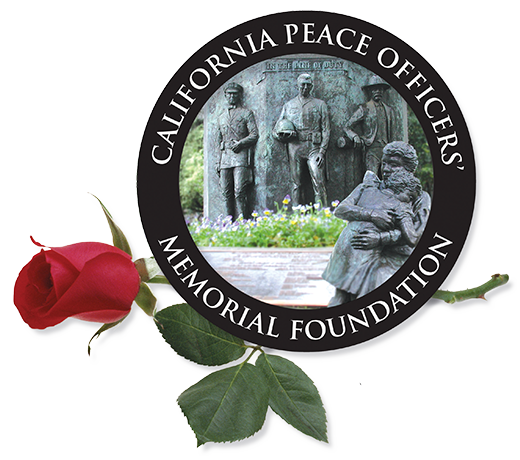Officer Kirk Leland Johnson was in his police car at 1:30 a.m. on February 20 in a deserted park in San Diego when he was shot five times in the head and chest.
It is often said that every man, regardless of his past, becomes a saint at his funeral. In death, he is infused with qualities of patience, reverence, generosity and faith out of all proportion to his living record. No cause exists to embellish what he was. He was a good man, a good cop, a good Christian.
Kirk L. Johnson laughed with his buddies, loved his wife, and prayed with his friends.
Born and raised in Illinois, he graduated from high school there in 1975. Nothing remarkable, except that he was “always pushing,” trying for something better, trying to improve himself. Johnson enlisted in the Army in 1975, and spent almost two years stationed in Hawaii, eventually rising to the rank of sergeant in the Infantry. Nothing remarkable, except that he kept pushing. More schools, more training. More varied experiences, more involvement. He received an associate degree from the University of Maryland. Nothing remarkable; he just kept pushing for more.
In an age and time when it was the ethos of the young to be “lost,” to “search for yourself,” to “try to find out where your head is,” he needed not search for a self he already knew. He was a good friend, a good soldier, a reliable sergeant. Nothing remarkable; not a hot shot; nobody’s “golden boy,” he just kept pushing for something better, something more.
Johnson was honorably discharged from the Army, and hired by the San Diego Police Department in January 1980. Background investigators and interviewers were favorably impressed, commenting on his maturity for his age, his openness and honesty. They noted that many of his personal references were members of his church, fellow members of a prayer group he attended. They noted nothing very remarkable, just a very open, honest young man, deeply religious, who told them he had enjoyed serving his country and looked forward to serving his community.
Johnson graduated third out of 40 San Diego officers in his Academy class, with a 94.5-A-average. Within arm’s reach of the honor graduate title, he kept pushing right up to the last day of class.
In his service as a patrol officer, his sergeants consistently noted that he was “aggressive . . . always above average in work activity. . . volunteered for radio calls up to the last minute of his shift . . . never stopped looking for activity . . . continued increasing the level of quality of his work . . .” He kept pushing, every day.
Johnson pushed every minute throughout he shift, ran with his friends after work, laughed in the locker room, and went home to his wife. He was active in his church, and tried to share his beliefs through his actions rather than by his words. He was proud of a Commanding Officer’s Citation for an outstanding arrest, and kept pushing harder.
Had Kirk Johnson pushed less, not been so much of a volunteer, a little less inquisitive, he might be alive today. Had he been the sort to let suspicious circumstances go unchecked, or not followed through on his hunches with such determination, he might still be among us. But it wouldn’t have been Kirk. It is to his credit, and his honor, and to the honor of our department, that he never let up, never stopped pushing.
We need no superlatives, no flowery figures of speech to do honor to Kirk Johnson.
He was a good man.
He was a good cop.
We shall miss him.
